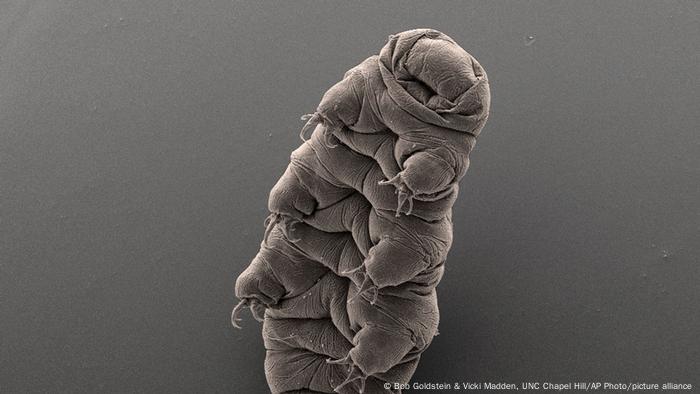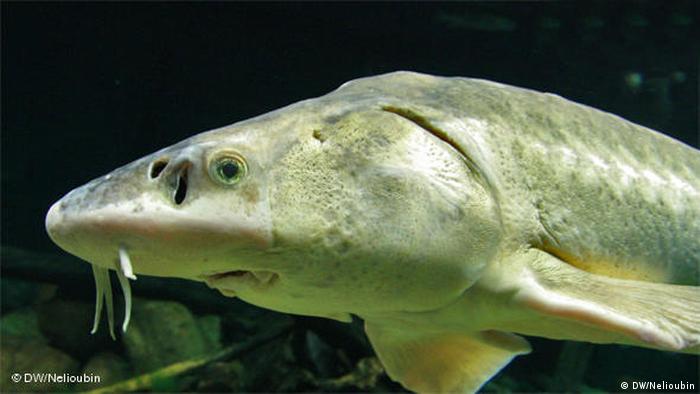A US-based researcher has made an accidental discovery about longevity in a species of African ticks. The creatures live for nearly 30 years, and can go eight years without food.

It's likely the tick was forced to adapt to a hot desert climate, giving it its ability to live so long without food
It seems a cruel trick that of all of nature's creatures, those that have found ways to be extremely resilient — and even survive for many years without food — are among the most obscure… or annoying and dangerous, like ticks.
Julian Shepherd, a US-based researcher, was gifted a particular species of large African tick in 1976 and observed them over a period of 27 years in his lab.
Almost by accident, Shepherd noticed that some of the female ticks survived without any food for eight of those years. Some even managed to reproduce and give birth more than four years after all the male ticks had died.
The creatures belonged to the Argas brumpti species, a tick that's generally found in eastern and southern parts of Africa.
The fact that this species lives so long breaks records in itself, writes Shepherd in a study published in the Journal of Medical Entomology. But the ability for any living creature to go so long without food is rare in science.
Only a few other animals can live for multiple years in complete "starvation mode." The olm, an aquatic salamander, can do it. Crocodiles can do it, too. Tardigrades, a bizarre-looking micro-animal, can live for as long as 30 years without food.

Tardigrades can live up to 30 years without food
But Shepherd hadn't intended to study this feature with his ticks.
"To tell the truth, I had no specific plans for them. I was just thinking of widening my experience with ticks," Shepherd told DW. "I had no idea that they would [live so long]."
Feeding the ticks on himself
Shepherd's discovery that A. brumpti can survive so long without food was basically a fluke.
He had stopped feeding them because they needed organisms larger than mice as a source for blood and that had created logistical and ethical problems, he said.
"I fed them on rabbits but that wasn't as humane as I had wanted. I fed some on myself — but only once! And then I found I could feed them on blood drawn from rats that were being euthanized at an experimental animal facility."
The A. brumpti is known as a "soft tick."
Soft ticks are distinct from "hard ticks," which are common in the United States and Europe. Soft ticks are, for example, less likely to feed on humans, said Shepherd.
But they do transmit serious diseases, such as tick-borne relapsing fever (TBRF), which is found in Africa, as well as in the Mediterranean and parts of western North America.
TBRF is a bacterial infection that can cause recurring bouts of fever, headache, muscle and joint aches, and nausea.
Research continues
Shepherd recently sent his nature-defying ticks to South Africa, where he hopes other researchers will continue to look after them.
He said the new researchers believe the ticks he was gifted all those years ago may, in fact, be multiple species. He said they may use DNA technology to further analyze the ticks' genetic relationships.
But did his own work with these ticks reveal any tips on longevity for humans? It appears the answer is "no."
"What enthralls me," said Shepherd, "is just how some obscure organisms have found extraordinary ways to survive."
ELDERLY ELEPHANTS, LONELY GIANTS AND THE SECRET OF AGINGA hundred years, thousands of kilometersLong body, pointed "snout" and very tasty eggs: sturgeons are mostly known as the source of caviar. They can reach 100 years old - their longevity is even more impressive considering the thousands of kilometers they travel. Sturgeons spawn, meaning they are born in freshwater, swim to the oceans to live out their lives, and return to their home waters to reproduce.
Edited by: Zulfikar Abbany

No comments:
Post a Comment